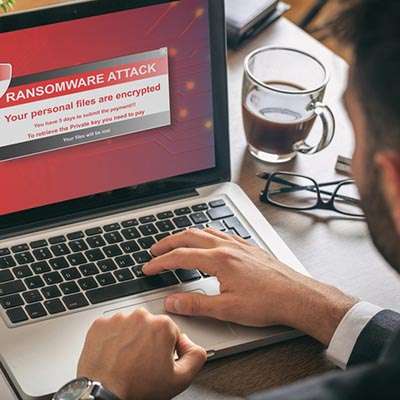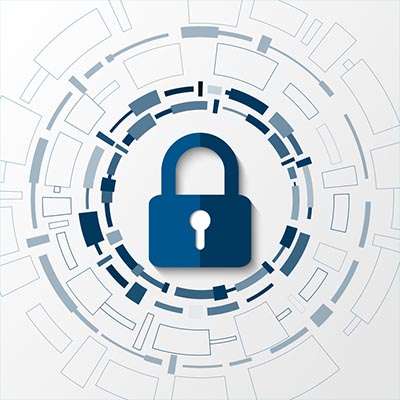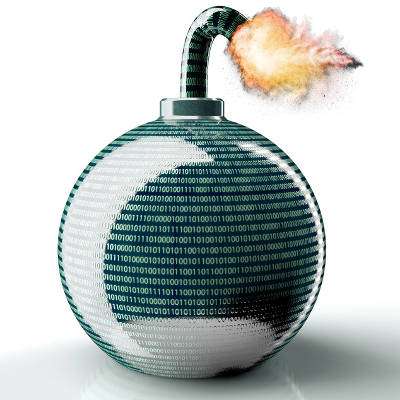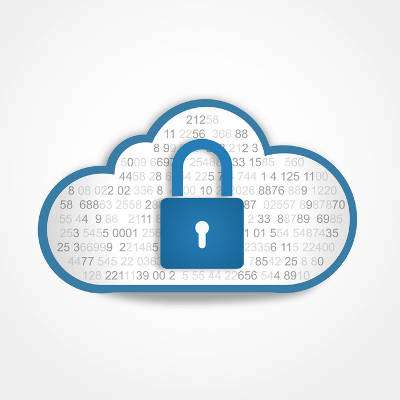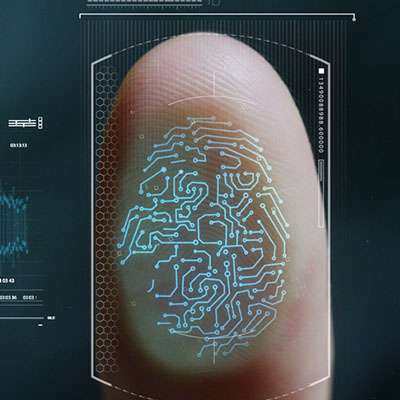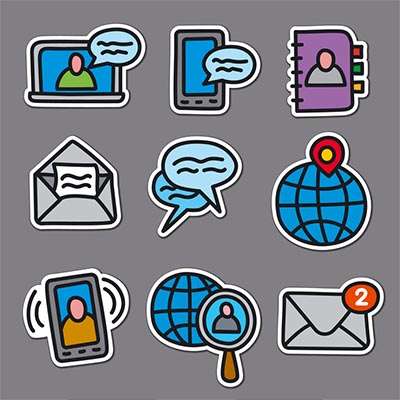Manufacturers are fascinating businesses; not only do they rely on manpower and technology to produce goods, they also depend on IT to power processes, organize their supply chain, and improve organizational efficiency. Since October is Cybersecurity Awareness month we're going to focus on what a manufacturer’s cybersecurity efforts look like.
Macro Systems Blog
The big tech companies have influence. These organizations, which include Apple, Google, Amazon, and Facebook, have been in the spotlight more and more as the argument of data privacy has increased and become louder. Public sentiment is starting to blow back on their business model--and since, Yahoo, once the principal name in Internet-based services, was broken up and sold to Verizon for cents on the dollar after being at the center of the largest data breach in recorded history--there have been rumblings that there has to be something done to defend the public from major publicly-traded technology organizations that use individual’s data in ways that some deem unethical.
Do you have different passwords for all of your accounts? Are these passwords adequately complex? Chances are you have used a repeating password at some point. Remembering 25 different logins for 25 different applications is hard enough, so it’s not surprising that most people will use the same password for many applications. Bad password practices are all too ordinary. How can you fix this issue?
Habits can be good way to enhance your internal productivity, but others can leave your business vulnerable to security risks. Alas, there’s a solid chance that your employees may have picked up the latter. This means you need to learn what to look for, so you can identify any problem areas within your business, and work to break the habits that led to these issues.
In the course of maintaining a business everyone has their own specific responsibilities. One overarching responsibility that all employees need to have today is a keen eye for detail. The health of an organization depends on it. A staff’s failure to properly shoulder their load of security can lead to a significant negative result for both the employee and the business. When your company gets infiltrated by hackers, that fault is largely found in the mirror.
For most of the last half decade we’ve been told that the Internet of Things (IoT) was going to be the most vital innovation since broadband Internet. This growth, while mostly occurring under the proverbial radar, is happening. There are around seven billion “smart” devices in 2019 with expectations that it will be three times that by 2025. With that many Internet-connected devices, there are destined to be some that come with vulnerabilities, whether it comes from being designed poorly or not frequently updated with modern threat definitions. Let's take a look to see if the Internet of Things should be considered a threat to your organization.
SQL Server 2008 and SQL Server 2008 R2, two of Microsoft's most utilized relational database management systems, will be losing support on July 9, 2019. If your organization continues to use one of these titles for its database management, you are running out of time before you need to upgrade. Below we take a look at what the software is used for and what options are available to you going forward.
There is one constant in the modern business environment: your business will be in a consistent state of being at risk the second you start to make a name for yourself. What a lot of businesses don’t comprehend is that it doesn’t matter how high or low-profile an organization is, there will always be data on a network infrastructure that is valuable to hackers and is targeted by threats.
Your organization is susceptible to countless threats and vulnerabilities, all of which aim to harm your business. These hazards include all kinds of technology-related issues that cause downtime and other negative situations that your organization has to overcome. Listed below are some of the threats you face every day, as well as an appropriate response to each.
Databases are especially convenient for allowing access to critical data, but they, by default, expose data to risks depending on how they are stored. For example: if a database is stored in the cloud it could potentially be vulnerable to threats that put the future of your organization in jeopardy. Compared to the public cloud, a private cloud database can give you more opportunities for security, flexibility, and customization.
Cybersecurity is one of the most discussed issues facing the today's businesses; cybercrime has increased significantly while businesses have moved more of their processes onto the computer. Planning how to protect your organization's critical digital resources from corruption and theft has never been more imperative. Below we take a look at some of the issues affecting small and medium-sized businesses' ability to do business effectively.
You may be shocked to learn that your organization is regularly under threat of being hacked. Thus, it is extremely imperative that you have an idea of how to keep unauthorized users out of your network and out of your applications. Passwords are usually the last (only) line of defense against all types of threats; you need to make them as secure as possible to alleviate the threat in any way you can. Let Macro Systems walk you through this process.
Approximately 16 million students call colleges or universities their home for at least a portion of the calendar year. They are educated by another 1.5 million or so faculty, staff, and other employees. Most of these institutions of higher education comprehend the challenges presented by maintaining networks, particularly the ones that students connect countless devices to. With all this in mind, can a college campus’ network truly be secure, or is it a fool’s errand?
Virtual assistants offer a lot of promise as a productivity tool, so it's not surprising that they would begin to appear in the workplace. Alas, these devices have also gained a reputation as a security risk. Whether or not you’ve considered bringing virtual assistants into your organization, you need to prepare for their presence there.
It’s a familiar scene from many science fiction books, TV shows and movies: someone comes across a locked door. They unlock it, but instead of using a key, a red beam scans their eye to confirm their identity and allow them access. The thing is, this and similar biometric authentication technologies are likely to begin appearing in real-world businesses sooner than later. Let's examine Biometrics.
Messaging applications have constructed out a foothold in businesses, clearly proving their operational advantages. Nonetheless, it isn’t responsible to leverage a solution without ensuring that the solution is secure. There are a couple criteria that you should consider to find out how secure your chosen application really is.
The Internet of Things (IoT) is both the most amazing and the most menacing modern IT trend; this is because it promotes the use of connected devices, while not providing the integrated security required to keep all these new endpoints from stretching an organization’s network security thin. Let's check out five trending topics for the IoT, and what they mean for a company like yours.




